Testosterone is known as the primary sex hormone found in men. It is responsible for the final development of the sexual organs, internally and externally, of a man. It also aids in enhancing the sex drive in men, increasing their libido, production of red blood cells, bone density, muscle mass, a sense of well-being, and sperm production. It is usual for testosterone to begin to reduce in men from the age of thirty.
Causes of reduction in the level of testosterone in a man include:
- Age: This is the first is the foremost most common cause of a lowered testosterone level. The peak at which men produce plenty amount of testosterone is at the age of twenty. But when they reach the age of thirty, the level of testosterone in their body begins to decline.
- Injury: This is also a common cause of a lowered testosterone level in men. Damage to the testes, even infections to the testes, can reduce the amount of testosterone in your body. Other sources of injury could include trauma, shortage of blood supply to the testes.
- Metabolic disorders like hemochromatosis, which is a result of too much iron in the body, aid in the reduction of testosterone levels.
- Opioids, steroids, hormones used to cure prostate cancer and medications.
- Chronic diseases and or acute illness.
- Abuse of alcohol
- Smoking
- Illnesses like HIV/AIDS
- Sarcoidosis; an illness that causes inflammation to your organs.
- Chemotherapy to treat cancer
- Tumors or dysfunction of the pituitary gland
- Abnormal development of the hypothalamus
- Loss of weight or obesity
- A condition that is present from birth such as congenital disability
- An issue whereby a male is given birth to an extra X chromosome, also known as the Klinefelter syndrome.
- Disturbances of sleep or sleep apnea
- Diabetes
- A high level of milk-producing hormones.
Symptoms of a reduced testosterone level in men include:
 Lack of sense of well-being
Lack of sense of well-being- Fatigue or lack of strength
- Irritability and moodiness
- Lack of muscular strength
- Problems with memory and concentration
- A reduced sex drive
- Erectile dysfunction
- Excess weight gain
- Infertility
- Acne
- Thinning of the bones
A reduced level of testosterone can be increased in a variety of ways, including regular exercises, a healthy diet and lifestyle, testosterone boosters, and some types of foods like poultry, seeds, and low-fat milk.
The level of testosterone that is expected to be in men is the normal range, and this can be known through regular visits to the doctor. However, there is also a condition known as high testosterone level in men, although it is rare. Causes of high testosterone level in men include:
- Tumor growth near your testicles or your adrenal gland.
- Use of anabolic steroids to improve athletic performances or events to build your muscle mass.
- You are touching testosterone gel, which can increase your testosterone levels at a very high rate.
- Polycystic ovary syndrome(PCOS) in women
- Congenital adrenal hyperplasia (CAH); a condition that makes your adrenal gland create an excess amount of hormones, including testosterone throughout your body.
- Hirsutism; a condition that causes excessive growth of hair on your body
Signs/Symptoms of a heightened level of testosterone in men include:
- Acne: This is a sign of excess testosterone in men as long as there is no other cause like excess sweating as a result of working out.
- Changes in blood pressure: If you are experiencing changes in your blood pressure like high blood pressure or low blood pressure, this could be a sign of a high testosterone level. It can lead to conditions like nausea, headaches, dizziness, fatigue, and fainting
- Mood: If you have a high testosterone level, you begin to experience quick changes in your mood like depression, anxiety or irritability
- Body: With an excessive level of testosterone, you begin to experience male pattern baldness and excess hair.
- Sexual health: having difficulties in reaching or maintaining an erection, also known as erectile dysfunction, is also a symptom of high testosterone levels. It also includes a low desire to have sex and a reduction in the production of sperm.
- A blood clot in your lungs known as pulmonary embolism
- Peripheral edema: the swelling of the hands and legs
- Difficulty in breathing
- Excess production of red blood cells, a condition known as polycythemia vera
- A blood clot in your vein, a condition referred to as deep vein thrombosis.
Steroids are known as the human-made version of hormones, although they are made naturally in the body. Some people consume anabolic-androgenic steroids to the power that is beyond natural and develops muscle strength (AAS).
These steroids are artificial forms of testosterone, which is the primary sex hormone in men. The intake of steroids increases your testosterone levels and help in building muscle strength and mass. Although, when they are misused, they begin to have adverse side effects.
Uses of steroids
Though the significant function of steroids is in bodybuilding and gaining muscle strength, there are other functions of AAS:
- Increased muscle tissues because of developed protein synthesis.
- A reduction in body fat
- An increase in muscle power and strength
- An improvement in your bone mineral density
- An enhanced muscle endurance
- High production of red blood cells
- Better recovery from injury and workouts
Other types of Steroids
AAS is the most common type of steroid; however, there are different types of steroids, like corticosteroids and glucocorticoids. These hormones are produced right above the kidney in the adrenal gland.
These natural hormones serve as a feedback mechanism that operates in your immune system, and they regulate inflammation. Most times, the synthetic versions of these hormones are used to cure conditions that are caused by a very active immune system.
These conditions include:
- Asthma
- Sepsis
- Autoimmune illnesses
- Allergies
Although they help treat various illnesses, they also cause side effects like weight gain or obesity and high blood sugar levels. Because of this, they are mostly used for only chronic inflammatory conditions.
People choose the thirty-two types of steroids for various reasons. Some of these reasons include
- Healing and recovery development
- Building muscles
- Burning fat
Steroids can be administered in the following ways:
- By injection
- Orally or by mouth
- Implanted under the skin in the form of pellets
- On the skin in the form of a gel or cream.
Types of steroid taken orally include:
- Fluoxymesterone (Halotestin), also known as Halo.
- Mibolerone (Cheque)
- Stanozolol (Winstrol)
- Mesterolone (Proviron)
Types of steroid taken in injectable forms include:
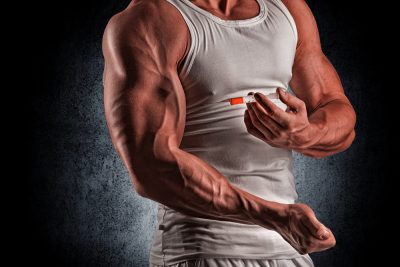 Testosterone cypionate (Depotest)
Testosterone cypionate (Depotest)- Testosterone enanthate (Andro-Estro)
- Testosterone propionate(Testex)
- Trenbolone acetate(Finajet) also referred to as Tren
Side effects
It is important to note that these side effects only occur when your doctor does not use steroids properly or as recommended by your doctor. It also depends on the age and sex of the user and how long it is used.The side effects may include:
- Retention of fluid
- Acne
- Having pains or difficulties while urinating
- Gynecomastia; a condition whereby the breast of a man is abnormally enlarged
- Loss of hair or excess growth of hair
- Changes in libido
- Infertility or a lowered sperm production
- Higher levels of LDL cholesterol and lower levels of HDL cholesterol
When you make use of steroids the wrong way, you are likely to experience:
- Cardiovascular issues
- Tumors, liver issues and various types of damages
- Bone loss and osteoporosis because steroid negatively affects vitamin D and calcium
- Myocardial infarction with sudden cardiac arrest
- Due to the relapse of collagen, your tendons are at the risk of rapturing.
If adolescents make the illegal use of steroids, it could permanently hinder growth, while in men, it can lead to shrinkage in testicles, enlarged breasts, and sterility.
Women may start to experience missed or irregular periods, elongation of the clitoris, deepening of one’s voice, shrinkage of the breast, an increased sex drive, and increased body and facial hair.
Now the question, is testosterone a steroid? Technically, it is, but not in the way people often refer to it as. Note that testosterone is not an illegal steroid, and it would not cause enhancement of breast tissues and ‘roid rage’ like steroids.
Testosterone is known as a natural steroid hormone produced in your body. It aids in promoting bone density, producing sperm in the testes, and stimulating muscle growth and strength.
Conclusion
Testosterone is the dominant sex hormone in man, made naturally, while steroids are synthetic hormones that aid in bodybuilding and enhancing muscle mass.
Low testosterone levels in men are a significant cause of concern for men, causes of low testosterone levels include injury to the testicles, infection of the testicles, trauma, the use of chemotherapy to treat cancer, aging, diabetes. It is well known that the most common cause of low testosterone is aging, and it occurs naturally.
The use of testosterone replacement therapy is a great way to treat this condition. However, a steroid is only active to address the issue of a lowered feeling of well-being.
Research has shown that TRT is a safe, trusted, and tested way to increase testosterone levels in men. It is important to note that testosterone and steroid is not the same hormone.

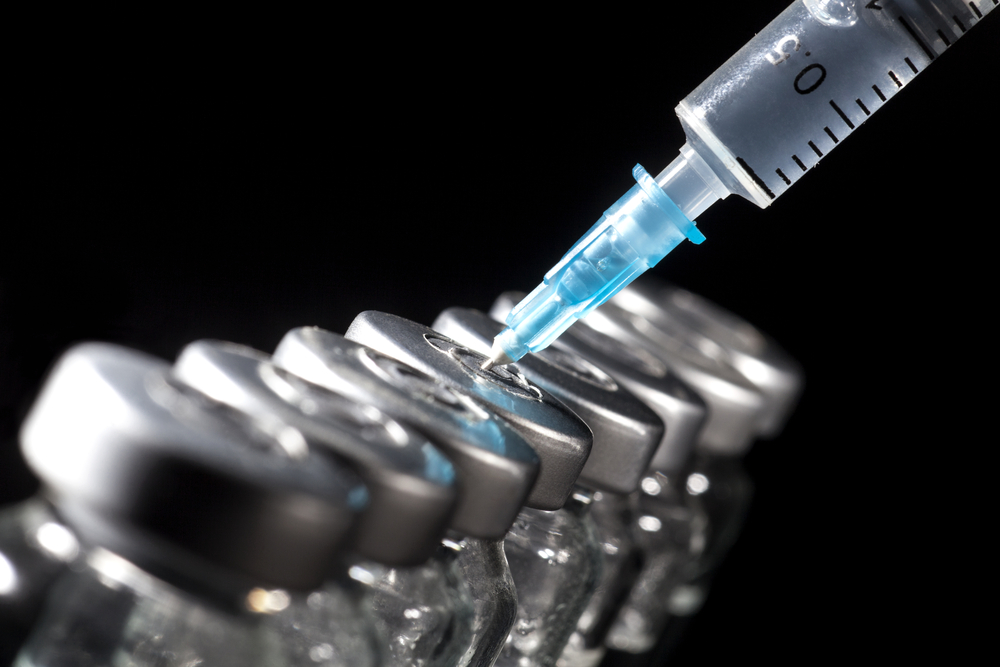

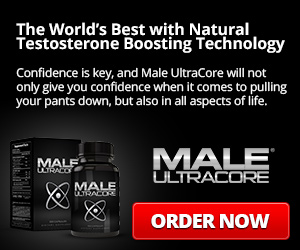
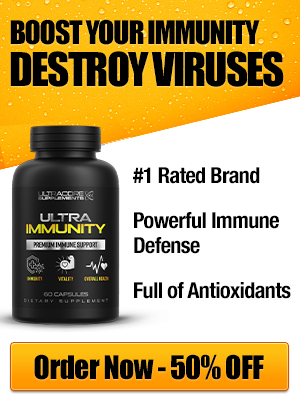
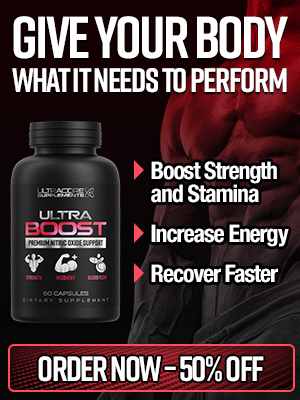


COMMENTS